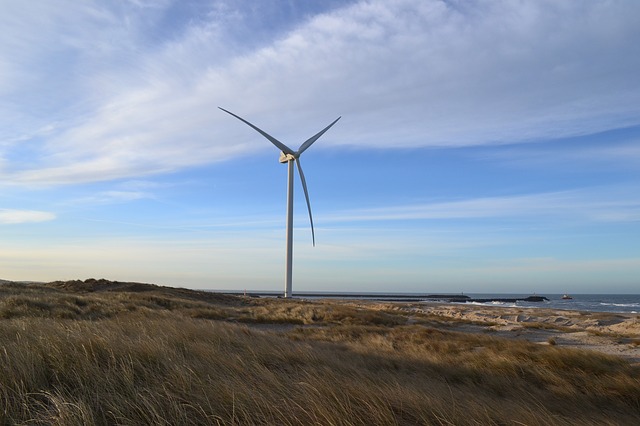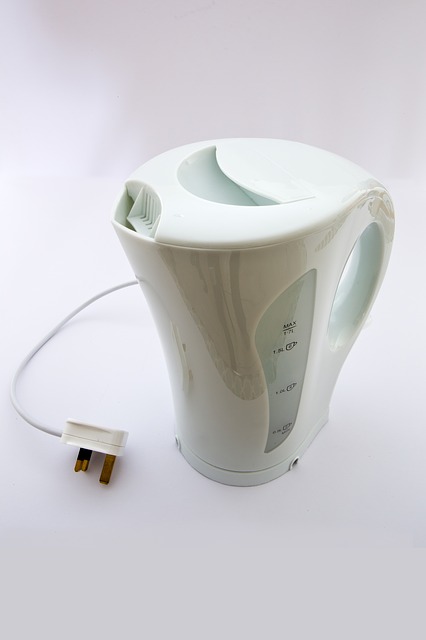Energy Research
How is electricity currently produced in the UK?
How much is green?
What other energy sources do we use?
Across all energy use our consumption is still over 80% fossil fuels. Progress has been made in the production of electricity, which is now less than 50% fossil fuels (down from 75% just 10 years ago), with much of the gap being made up from renewables.
It is in transport that we still use the greatest amount of fossil fuels, although there has been some take up of electric and hybrid cars in recent years.
renewable energy
All types of renewable energy sources have advanced in recent years, with wind power (both on and offshore) increasing the fastest to now make up about 15% of all our electricity supply.
The Feed-in Tariff is (or was) a government run scheme whereby small power generators (often domestic) could get paid for feeding any of their "unused" electricity into the national grid. Read more about it through the link.
This is due to be replaced (at least partially) by the Smart Export Guarantee whereby suppliers will pay small producers (eg domestic set ups) a guaranteed price for the electricity they supply to the grid. Details are yet (as of April 2019) still to be finalised - we'll let you know more when we do.
Whilst this scheme is not yet in place, two providers Octopus and Eon are already offering 5.5p and 5.24p / KwH for electricity fed back to the grid, or Octopus also have a variable price, based on wholesale prices, which varies according to demand. Expect more to follow in due course.
The main issue many people have with renewable energy (principally wind and solar) is that it is not a consistent source and back up from more conventional (carbon) supply is needed. In particular, solar energy is produced primarily in the day - but we mainly need heating / lighting at night. This is why battery storage has become much more important in recent years and the technology is finally catching up with demand.
Cost is still a major issue, but this is improving now and (whilst we wouldn't recommend it yet) the day of a house being able to go off the grid and supplying it's own energy from renewable sources and battery storage is getting closer. The other option will be to stay on the grid and in due course feed back electricity to the grid based on prices at a particular time - so collecting during the day and feeding back during peak demand in the evenings, for example.

passive heating and cooling
Passive energy is defined as building buildings where the design incorportates the collection, storage and distribution of heating / cooling within the walls, windows and floors. This involves the collection of available heat in the winter and reflection in the summer to keep buildings cooler.
This can be expensive to include in buildings, particularly if it is retro-fitted, but over the lifetime of a building (particularly as we all know energy costs are only going up) it will pay itself back.
This will include things like
- Building roofs and windows so they absorb winter sun, but reflect summer (higher in the sky) sun, potentially a small amount of energy (collected from solar panels?) can be used to move shades or shutters to do this.
- The orientation of these windows will be towards the equator, with less windows on the other side of buildings, to maximise this potential
- Collection of warmth from thermal mass to heat in cooler temperatures.
Boiling a Kettle
Let's look at the simple act of boiling a kettle. It is a standard part of modern life repeated millions of times a day and is a great example of what we believe represents the small changes everyone can make to make a huge difference overall.
Our aim here is simple - what is the most sustainable way to boil water.
Heating the same mass of water (say 1 litre) to boiling point requires the same amount of energy - no matter what source the energy is supplied from.
Therefore, what we need to look at are two things
1 - What is the source of the energy being used?
2 - How efficiently is that energy being converted to heat the water.
There are several ways in which we can choose to do this
a - in a kettle on the hob (gas or electric)
b - in an electric kettle
c - in a microwave
Essentially, we want to avoid fossil fuels where we can. Therefore gas is never going to win. Equally gas or coal generated electricity (with the added inefficiencies of conversion from fossil fuel to electricity to transmission to running an appliance (heat + light in many cases) is not ideal.

Therefore, the use of electricity from a renewable source (ideally local, as it reduces transmission inefficiencies) is best.
With this decided, do we use an electric kettle, microwave or electric hob? For us the electric kettle (a well insulated one, without much in the way of lights etc on it, which need power) would be the winner. A microwave has a range of ancilliary power needs (like a fan etc) and the hob will often leak heat with less going to the water (although electric hobs are far more efficient in this regard than gas ones, due to the extra height needed above the flame).
The most important point of all, however, is use the right amount of water. If you are making a single cup of tea, only heat a single cup of water - research has shown on average twice the amount needed is boiled whenever we boil a kettle - literally (obviously) doubling the energy use.
And we thought boiling a kettle was simple!
This type of analysis can be carried out on many activities within the home - we'll look at some more soon.
Batteries
As we move away from fossil fuels as a society, the storage of the power we need is going to become more and more important. Batteries have come a very long way over the years, but there is still a huge way to go for us to be able to store energy for us.
Batteries come in all shapes and sizes, from tiny watch batteries, to the ubquitious AA, to car batteries, to vast lithium battery facilities for the storage of renewable energy.
We'll have a look at all of these in turn.
Small batteries for powering individual domestic appliances
It's Christmas and you buy a gift. It's opened by a grateful child and low and behold, it needs a battery that you don't have. We use batteries all the time, at a quick count, in our house (the authors of this site) we have over 70 items that need batteries to run. From carbon monoxide detectors to mobile phones and weighing scales to remote controls, almost all houses run on batteries.
Why not have a supply of rechargeable batteries available. Each can recharge about 500 times in their lifetime and typically on each charge deliver about half the energy of a single use one. They cost a fraction (less than 10%, including charging costs) over their lifetime, compared with continually using single use and clearly result in far less material being thrown away overall.
Don't take our word for it - here's what Which have to say on the matter.
https://www.which.co.uk/news/2019/07/why-you-should-be-using-rechargeable-batteries/
In terms of battery sales and recycling - nearly 40,000 tonnes of batteries are sold in the UK each year with just under half of these being recycled. If we could significantly drop the number of batteries sold by increasing the percentage of rechargeables, clearly this would help with what is a massive amount of material being thrown out of people's homes.
Domestic energy storage batteries (normally from solar panels) and car batteries
These are large batteries for domestic use. They come in various forms, but essentially are rechargeable batteries used to either power large pieces of domestic machinery (eg a car) or to store energy for use around the home more generally (often called a powerwall).
We can now generate (solar / wind) our own energy and store it. The thinking is that potentially we might not get two batteries, but run both our car and house off the same one because the amount of domestic usage of electricity wouldn't reduce our car range much and it would save having to buy two batteries. However, if we remove the use of gas (which is ideal) from houses, then this might not be feasible as the batteries would need to be too large.
A typical house will use about 2000 KwH of electricity in a year, which is about 8000 miles worth in a car - in other words, using a car battery to run the house would reduce the range by about 20 miles a day, which isn't a problem. However, if we remove gas this figure could go up to about 100 miles a day.
A large domestic battery for your house is likely to cost about £1000 / KwH of storage, but the prices of these are likely to fall significant in the coming years.
Renewable storage facilities enabling renewable national infrastructures
Tesla are investing in large batter complexes around the world, which will allow towns and cities to run off them.
This is an example of one in Australia.
It is likely these will become more common, storing the energy harvested from both sun and wind to be used when it is needed, not just at the time it can be generated. This supply at the time of demand has long been held up by critics as the main issue with renewables - but the problem could be a thing of the past going forwards.
There are plans for a £400million site with the world's largest battery and 890 acres of solar farm near Faversham in Kent. As of June 2018 there were some environmental concerns about the loss of the land to farming and biodiversity - but to us, generally, farmland is usually in a state (previously usually forested) different to how it would be "naturally" and effectively here they'd be farming (sustainable) energy rather than food.
